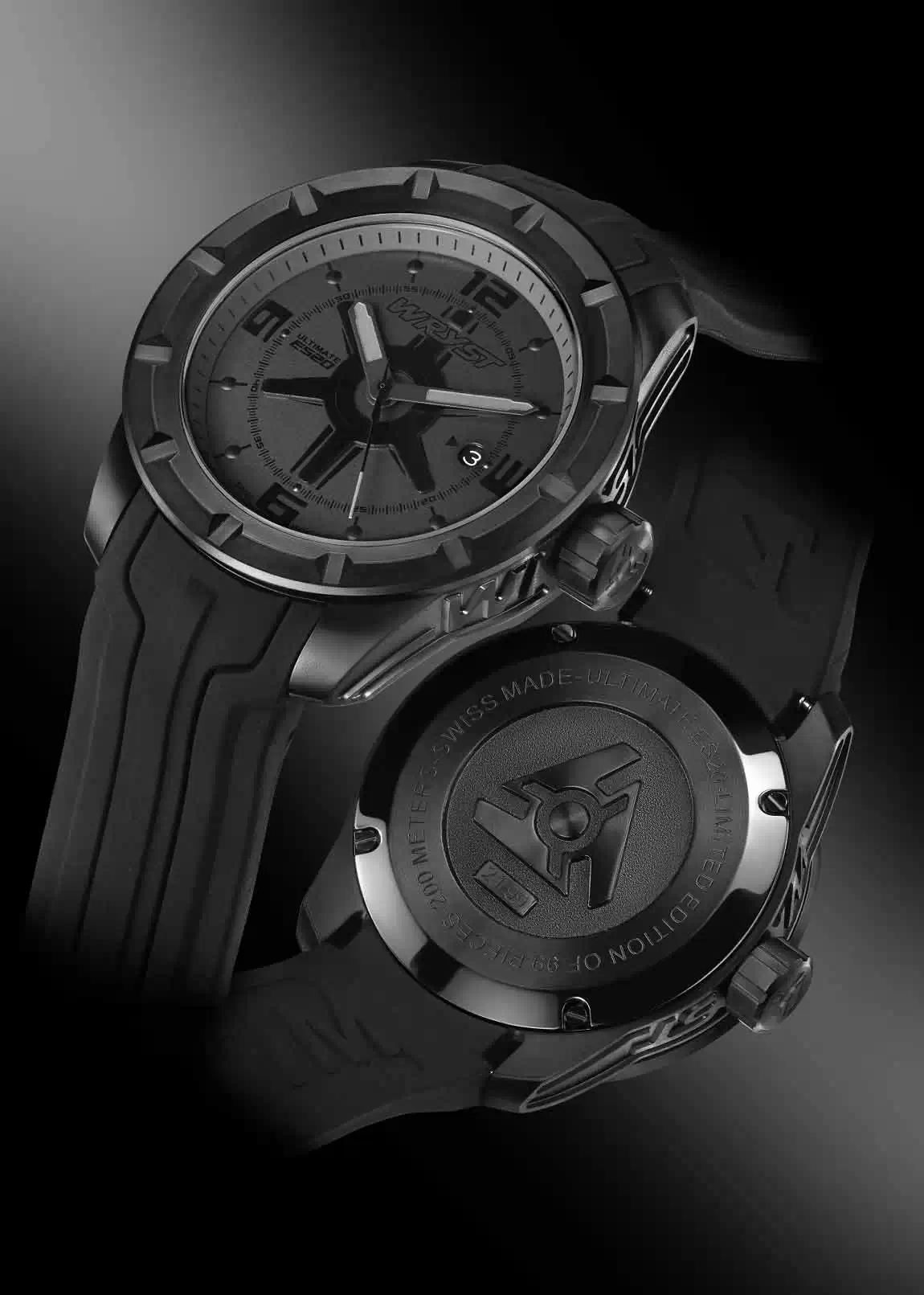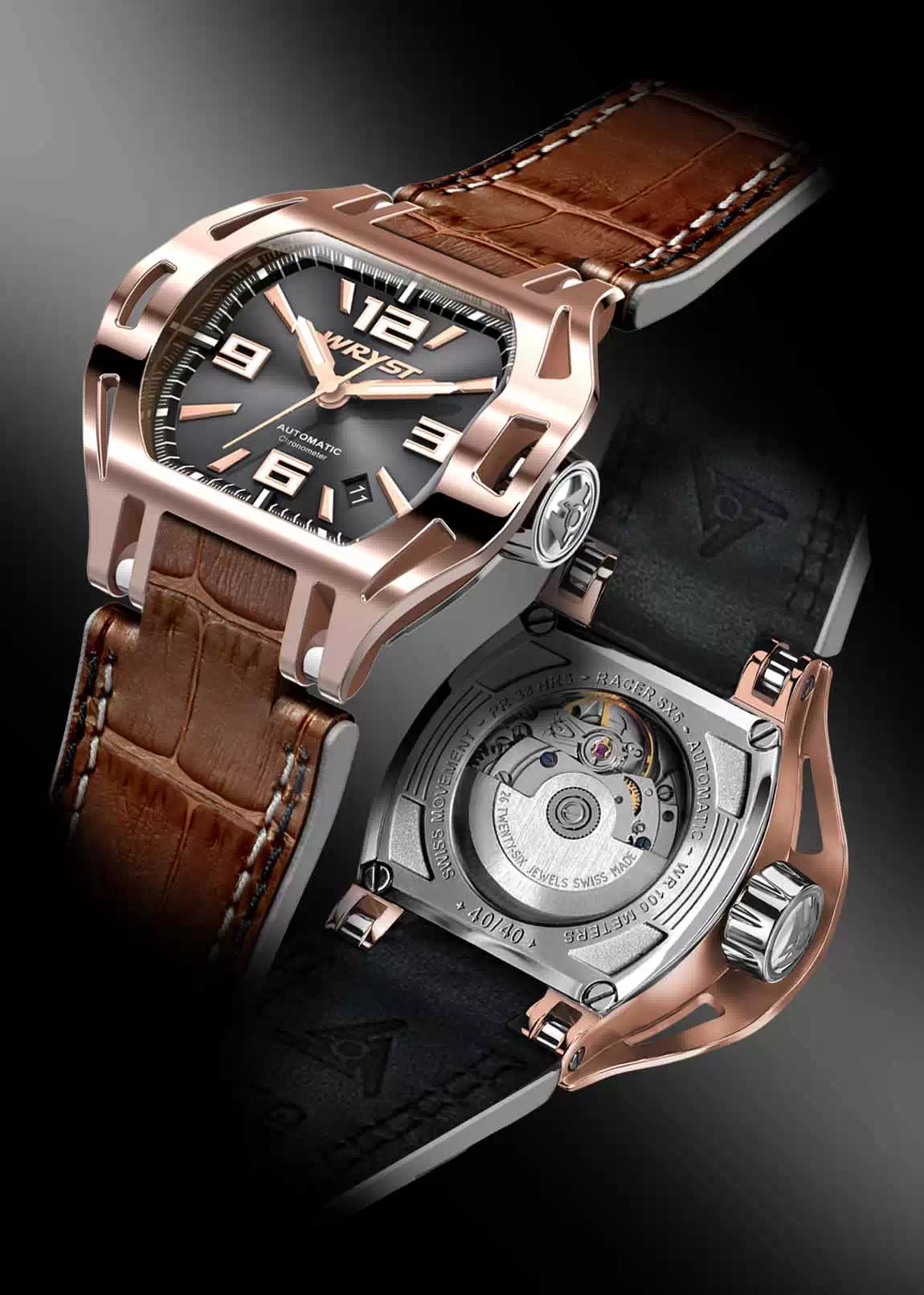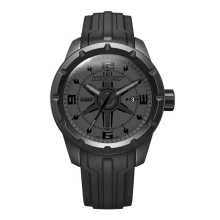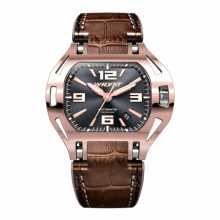Quartz watch vs. automatic watch, what's the Difference?
Understanding the difference between a quartz watch and an automatic watch is essential for anyone considering a timepiece purchase. While both serve the same fundamental purpose of telling the time, their internal mechanisms, maintenance requirements, and user experience differ significantly.
This article provides a clear and structured explanation of how quartz and automatic watches function, how to use them properly, and what to consider when choosing between the two.
BASIC FUNCTIONALITIY OF A QUARTZ WATCH
Quartz watches are powered by a battery and regulated by a quartz crystal. When the battery sends an electrical current through the crystal, it vibrates at a precise frequency. These vibrations are converted into regular pulses that drive the motor and move the watch hands.
Most quartz watches feature three hands (hour, minute, and second) and a date window. Quartz chronographs may include additional sub-dials for measuring elapsed time. Regardless of the configuration, the operation of a quartz watch is straightforward.
To use a quartz watch:
-
Put the watch on your wrist
-
Adjust the time and date using the crown
-
Wear it until the battery runs out
Once the battery is depleted, the watch will stop. Replacing the battery restores full functionality. There is no need for winding or special care beyond occasional battery replacement and basic cleaning.
HOW AN AUTOMATIC WATCH WORKS
Automatic watches, also known as a self-winding mechanical watches, operate without a battery. Instead, they rely on a complex system of gears, springs, and a rotor. The rotor is a semi-circular weight that moves with the motion of the wearer’s arm. This movement winds the mainspring, which stores energy and powers the watch.
Automatic watches also allow manual winding. By turning the crown, the wearer can wind the mainspring directly, ensuring the watch reaches its full power reserve. This is especially useful if the watch has not been worn for a few days and has stopped.
To use an automatic watch:
-
Wear the watch regularly to keep it running through wrist movement
-
Manually wind the watch if it has stopped or to reach full power reserve
-
Adjust the time and date as needed
If the watch is not worn or wound, it will eventually stop. Most automatic watches have a power reserve of 38 to 50 hours, though some high-end models offer longer durations.
Maintenance and Longevity
- Quartz watches require minimal maintenance. Battery replacement every one to two years is typically sufficient. The internal components are sealed and protected, making quartz watches highly reliable and resistant to environmental factors.
- Automatic watches demand more attention. Regular servicing every three to five years is recommended to ensure optimal performance. This involves cleaning, lubrication, and adjustment of the movement. While more demanding, the mechanical nature of automatic watches allows for long-term durability and repairability.
Accuracy and Performance
- Quartz watches are known for their precision. Most models deviate by only a few seconds per month. This high level of accuracy is due to the consistent vibration of the quartz crystal.
- Automatic watches are less precise. Even well-regulated mechanical movements may vary by several seconds per day. Factors such as temperature, position, and wear patterns can influence performance. However, many enthusiasts appreciate the craftsmanship and character of mechanical timekeeping, even with minor deviations.
User Experience and Emotional Value
- Quartz watches offer convenience. They are ideal for users who want a reliable, low-maintenance timepiece. The simplicity of operation and minimal upkeep make quartz watches suitable for everyday wear, travel, and professional settings.
- Automatic watches provide a more engaging experience. The visible movement, intricate mechanics, and tactile winding process create a deeper connection between the wearer and the watch. Many collectors and enthusiasts value the tradition and artistry behind mechanical watchmaking.
Design and Aesthetic Considerations
- Quartz watches are available in a wide range of styles, from minimalist to sporty. Their compact movements allow for thinner cases and more varied designs. This flexibility makes quartz watches appealing for fashion-conscious buyers.
- Automatic watches often feature exhibition case backs that showcase the movement. The design tends to emphasize craftsmanship, with attention to detail in the dial, case, and finishing. While generally thicker than quartz models, automatic watches convey a sense of mechanical sophistication.
Cost and Value Proposition
- Quartz watches are typically more affordable. Their production is less labor-intensive, and the components are mass-produced. This makes quartz watches accessible to a broad audience without compromising reliability.
- Automatic watches vary widely in price. Entry-level models are available, but high-end mechanical watches can be significantly more expensive. The cost reflects the complexity of the movement, the quality of materials, and the brand’s heritage. For many buyers, an automatic watch represents an investment in craftsmanship and legacy.
CHOOSING BETWEEN QUARTZ AND AUTOMATIC
When deciding between a quartz watch and an automatic watch, consider the following factors:
-
Lifestyle If you prefer a watch that requires no attention and delivers consistent performance, a quartz watch is ideal. If you enjoy interacting with your watch and appreciate mechanical engineering, an automatic watch offers a richer experience.
-
Maintenance Quartz watches require battery changes. Automatic watches need regular servicing. Consider your willingness to maintain the watch over time.
-
Accuracy Quartz watches are more precise. Automatic watches offer acceptable accuracy with character.
-
Budget Quartz watches are cost-effective. Automatic watches may require a higher initial investment but offer long-term value.
-
Aesthetic Preference Quartz watches offer design flexibility. Automatic watches highlight mechanical beauty.
Conclusion
Understanding what is the difference between a quartz watch and an automatic watch helps buyers make informed decisions based on their needs and preferences. Quartz watches offer simplicity, precision, and affordability. Automatic watches deliver craftsmanship, engagement, and tradition.
Both types have their merits. The choice ultimately depends on whether you value convenience or connection, precision or personality. Whether you choose the straightforward reliability of quartz or the timeless allure of automatic, a well-chosen watch becomes more than a timekeeper. Your investment becomes part of your identity.









By Bart 21.09.2025 09:39:05
Great article about automatic movement watches and the difference with quartz. Thank you for this formal explanation about the difference between the two. I find this page because I was seeking about what is automatic movement in watches.